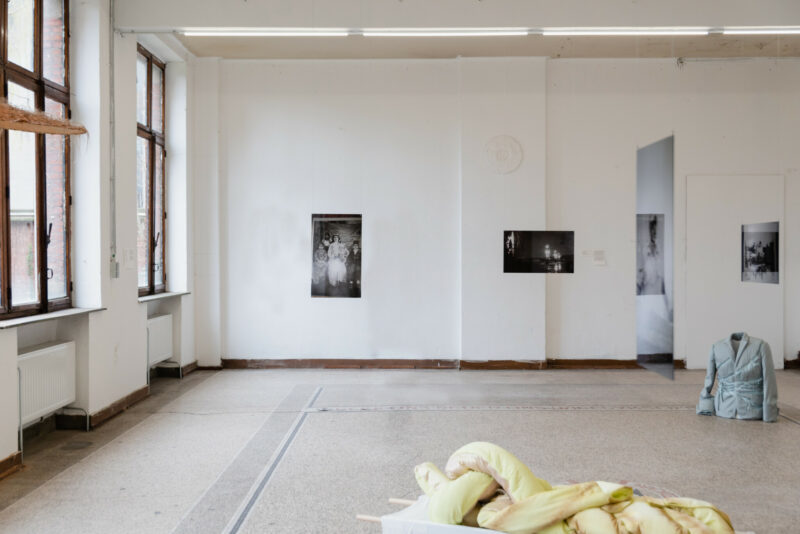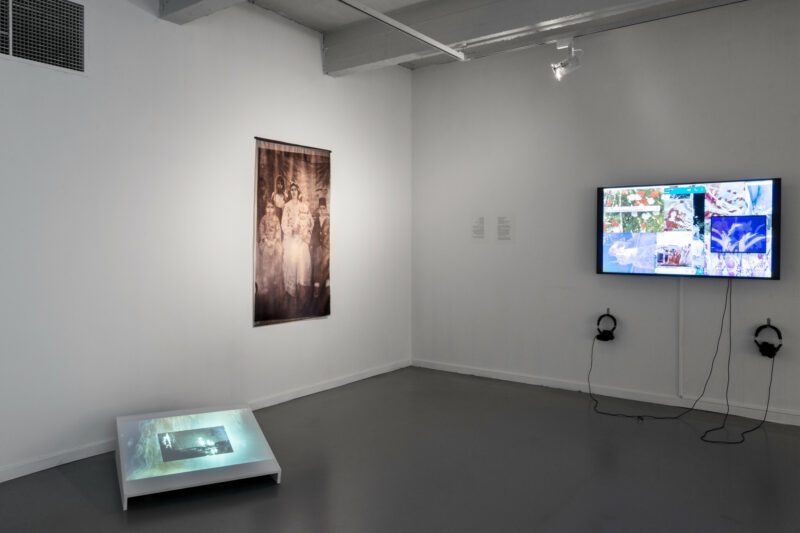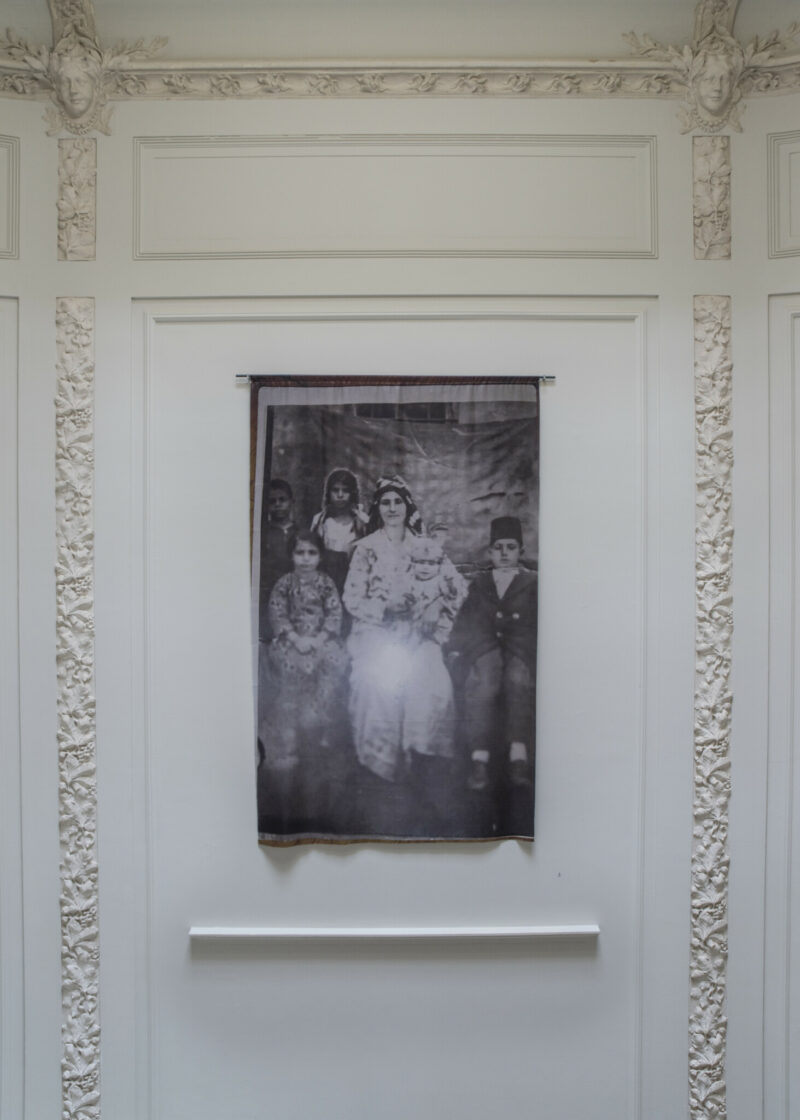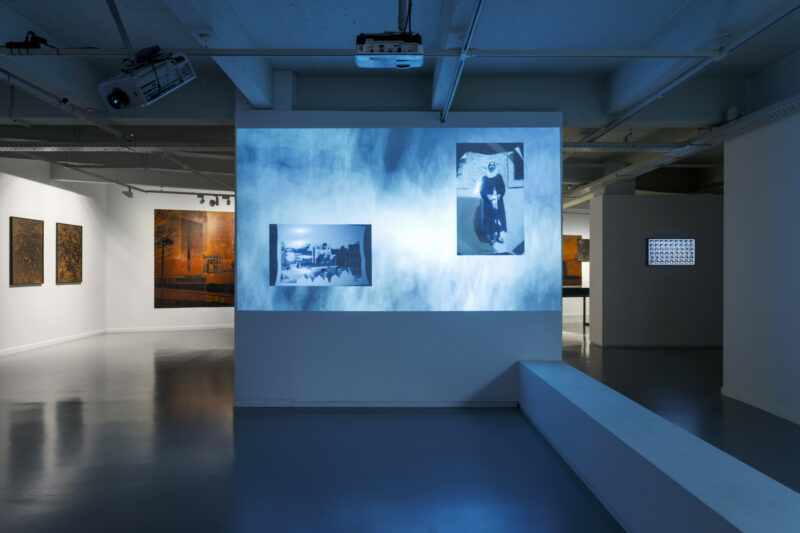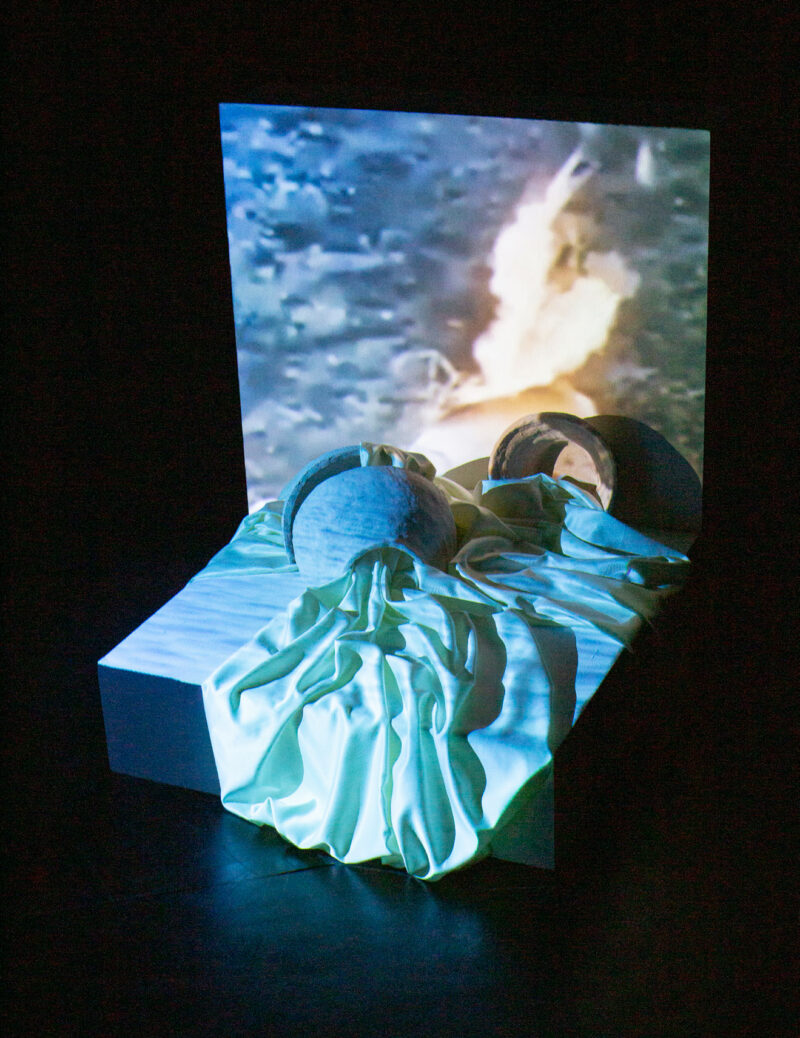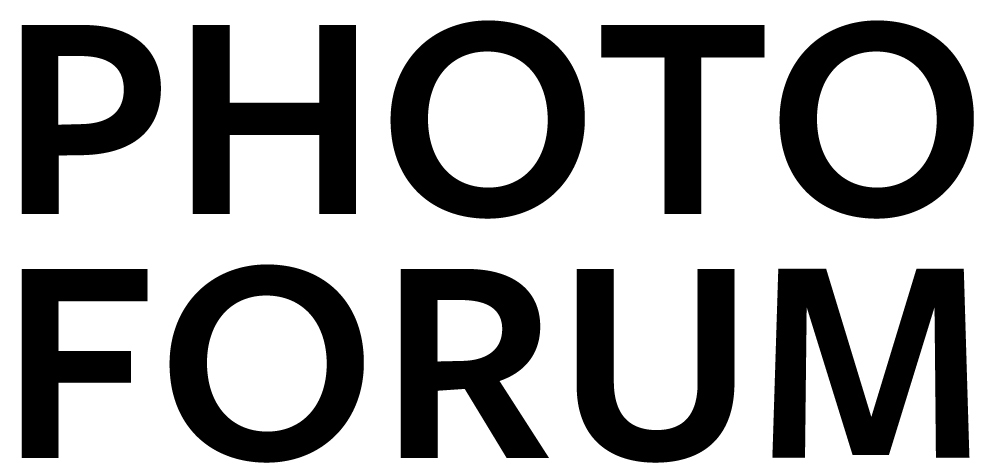

Joud Toamah ‘The River Shines Stronger than the Sun, . لعم ان النھر أقوى من الش مس
7 May 2022 – 12 June 2022
For this year’s edition of the Biel/Bienne Festival of Photography entitled Recover, the Photoforum Pasquart gave a carte blanche to curator Sorana Munsya (DR Congo/Belgium) who proposes a solo presentation of the artist Joud Toamah. In her exhibition, Toamah will explore the power and possibilities of reparation held in the gesture of sharing images. The project ‘The River Shines Stronger than the Sun, لمع†ان†النھر†أقوى†من†الش†مس† (2021-ongoing) uses archives of digitized images of family albums that the artist sources from acquaintances, friends and family members in Syria and the diaspora. Toamah collects pictures that have undergone processes of scanning, uploading, searching, cutting, pasting, renaming, compressing, downloading, forwarding, etc. As such, she is creating digital archives of private and intimate images. It is through circulating images that the artist Joud Toamah proposes a way to recreate bonds. In its digital journey of re-location, the image acquires consecutive layers of relationality (Petra Van Brabandt). By doing so, photography becomes a place where relation is possible.
Artist’s bio:
Joud Toamah (Syria/Belgium) is an interdisciplinary artist and graphic designer based in Antwerp, Belgium. She received a Bachelor in Graphic Design at Sint Lucas Antwerpen, BE, 2018, followed by a Masters in the visual arts at Sint Lucas Antwerp, 2019. Her work is mainly based on a practice of collecting, studying, and engaging with photographic archives in digital and intimate contexts, exploring image circulation and activation through video and printmaking. She has recently shown work during the .tiff exhibition as part of Futures Photography project, at Aair Antwerp for the group exhibition ‘What Stories Want’, and was selected for the 2020 funds for a solo exhibition under the title ‘A sense of what I Remember’ at Fomu, Antwerp, 2022.
Curator’s bio :
Sorana Munsya (DR Congo/Belgium) is a curator and psychologist based in Brussels. In her curatorial practice and writings, she focuses on the connections between art and individual as well as on collective healing strategies and practices. Working on contemporary visual art created by African artists, she served as assistant curator of the 5th Lubumbashi Biennale of Contemporary Art. Moreover, she recently curated a solo exhibition of artist Léonard Pongo at Bozar, Brussels, and a solo exhibition of artist Michële Magema at Kunsthal Extra City, Antwerp. Munsya is part of the editorial team of the Belgian art magazine HART and founder of the platform LOBI that initiates conversations and projects between artists and practitioners from different disciplines.
Exhibition text by Sorana Munsya :
Joud Toamah, in her solo exhibition entitled “The River Shines Stronger than the Sun” at Photoforum Pasquart, explores notions of relationship and repair through the collection of photographs shared in digital space. Photos from another time or place, Syria, reveal to the artist traces of life and allow her to constitute a family and cultural memory. More precisely, it is the materiality of the printed photos sent via the internet and having undergone processes of downloading, digitisation, transfer etc. that provides clues allowing Joud to sew together step by step the thread of a history that seems distant but is also eminently intimate. Indeed, the circulation of these family archive photos through the digital world adds details to them and materializes in such a way that it gives some information and hides others from Joud. Joud is fascinated by these traces reflecting the missing, the invisible and thus the quest for a certain repair.
During our discussions, Joud mentioned this particular trace that seems to come back again and again in the family photos that are sent to her by email or other applications; it is the hole of light left by flash on the photo when it is in turn taken. This light seems to tell but leaves out a lot of information. That belonging to the photo itself but also that linked to the environment in which the photo was taken. “The River Shines Stronger than the Sun” plunges the viewer into an immersive environment where the light reveals as well as hides. Joud’s family photos printed on a veil, through which the video of a river hit by the sun, confuses what we think we see of the artist’s family and cultural intimacy represented in the transparent images. This play of light and transparency even seems to reveal more of the movement of the viewer, who seeks to detect the details of Joud’s story.
Indeed, through this hole of light left on each photo, she raises the question of the articulation between visibility and intimacy on the one hand and between opacity and repair on the other. Thus, in Joud’s work, intimacy is not to be sought in the image but rather in what surrounds the image or in what the image says about the rest, the unsaid, the non-visible. She thus asks the following question: what is the form of intimacy? Is intimacy to be sought in the visible or in the invisible? Does intimacy have a form or even a sound? And if it has a sound, is it not the sound of silence or the sound between two notes? And if intimacy were an image, would it not be the one that completes the flow of images constituting the internal dialogue that each of us maintains? An internal dialogue made up of words, of course, but perhaps also of images. The image of this intimacy would then probably be opaque to the other but also opaque to oneself. Opaque to oneself because it would only be recognisable at the moment of its appearance and opaque to the other because it does not belong to his or her flow of images in the same way and is therefore non-recognisable. Thus opacity is to be distinguished from invisibility in the sense that what is opaque is visible but not necessarily recognisable. In Joud Toamah’s solo exhibition, it is the light and the play of transparency that reminds us that the moment we enter this space, we enter a certain form of intimacy because these two elements – transparency and light – make the atmosphere as well as the images opaque. The viewers thus become the witness of Joud’s internal dialogue and somehow of her familial and cultural intimacy without being able to read them. All they can do is accept the opacity and through theirs omnipresent shadow see that when they try to approach the images collected by Joud, all they see is themselves…
